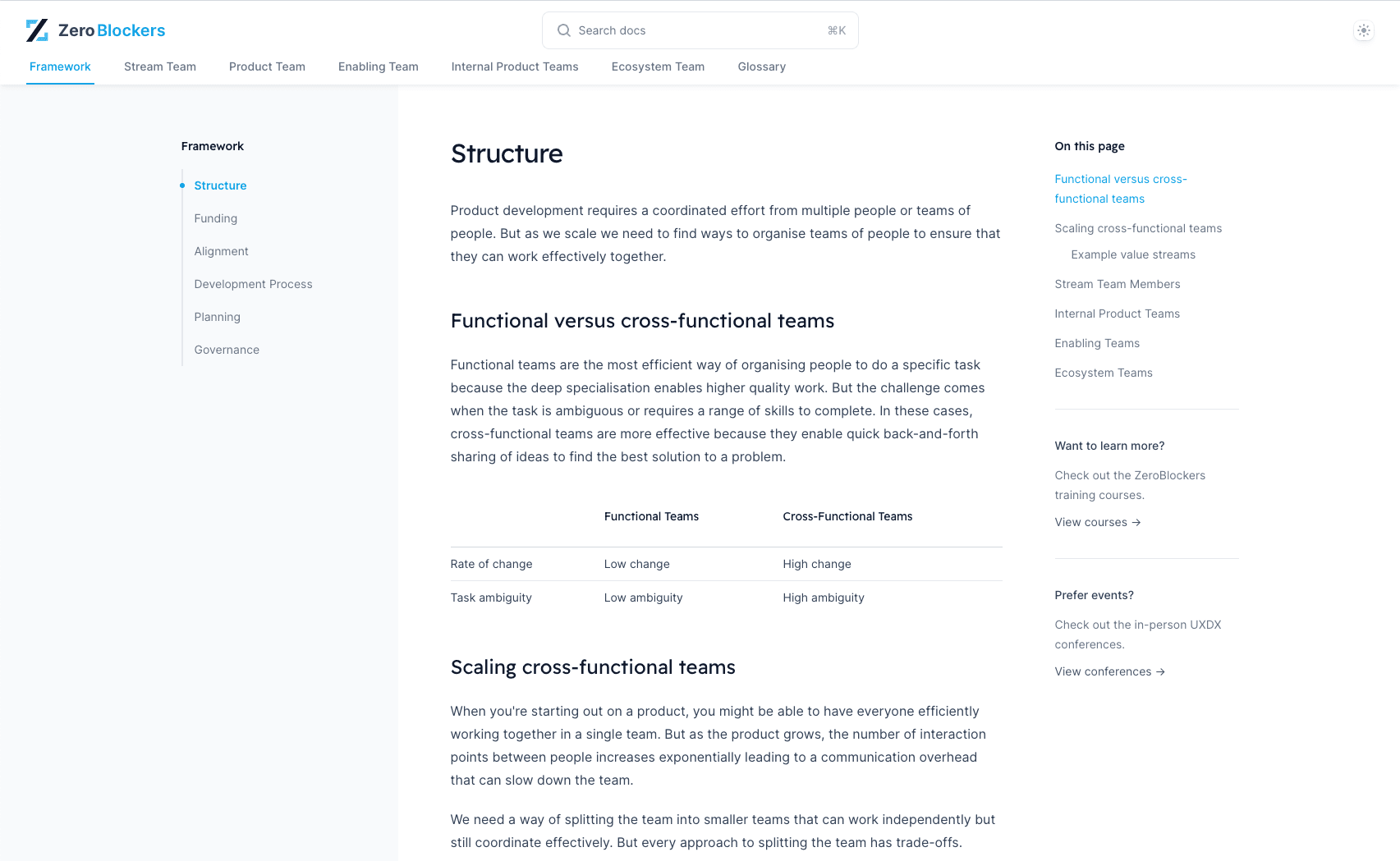Case StudyStream Team: Prioritising Solutions - Mastering Prioritization in Product Development
Zettle, a leading fintech company, faced challenges in managing their product development pipeline. With numerous potential projects and features to work on, the team struggled to prioritize tasks effectively. This lack of clear prioritization led to resource misallocation, project delays, and an inability to focus on high-impact initiatives. As a result, the company experienced slower innovation cycles and difficulty in meeting customer demands promptly.

The Solution
Zettle adopted a strategic approach focused on refining their prioritization processes within product development.
- Adopting a Prioritization Framework: Zettle implemented a structured prioritization framework to evaluate and rank potential projects and features. This framework included criteria such as customer impact, alignment with business goals, resource availability, and technical feasibility. Common frameworks such as the ICE (Impact, Confidence, Ease) scoring model and the RICE (Reach, Impact, Confidence, Effort) method were utilized to provide a quantitative basis for decision-making.
- Cross-Functional Collaboration: The company emphasized cross-functional collaboration to ensure that prioritization decisions were well-rounded and considered multiple perspectives. Regular meetings and workshops were held with representatives from product management, engineering, marketing, and customer support to discuss and evaluate priorities collectively.
- Customer Feedback Integration: Zettle placed a strong emphasis on integrating customer feedback into their prioritization process. By leveraging customer surveys, usability testing, and direct feedback channels, the team ensured that the projects and features prioritized were those that addressed the most pressing customer needs and pain points.
- Transparency and Communication: To maintain alignment and transparency, Zettle implemented regular communication rituals. These included monthly roadmap reviews and quarterly planning sessions where the prioritization decisions were discussed and communicated across the organization. This transparency helped in setting clear expectations and reducing friction among teams.
- Continuous Review and Adaptation: Recognizing that priorities can change based on evolving market conditions and internal goals, Zettle established a continuous review process. The prioritization framework was regularly revisited and adjusted to ensure it remained relevant and effective in guiding product development efforts.
Outcomes achieved
The adoption of a robust prioritization strategy led to several significant improvements in Zettle's product development process and overall organizational efficiency.
- Improved Focus on High-Impact Initiatives: By systematically evaluating and prioritizing projects, Zettle was able to focus their resources on high-impact initiatives that drove significant value for the company and its customers. This led to more strategic use of resources and better alignment with business goals.
- Enhanced Product Development Efficiency: The clear prioritization framework reduced ambiguity and streamlined decision-making processes. This resulted in faster project initiation and completion times, allowing Zettle to bring new features and products to market more quickly.
- Higher Customer Satisfaction: By prioritizing projects based on customer feedback, Zettle was able to address the most critical customer needs more effectively. This customer-centric approach led to higher satisfaction rates and strengthened customer loyalty.
- Greater Organizational Alignment: The emphasis on transparency and cross-functional collaboration fostered a sense of unity and shared purpose within the organization. Teams were better aligned with the company's strategic objectives, which improved overall morale and productivity.
- Sustainable Prioritization Practices: The continuous review and adaptation of the prioritization framework ensured that Zettle remained agile and responsive to changes. This adaptability helped the company maintain its competitive edge in a dynamic market environment.
